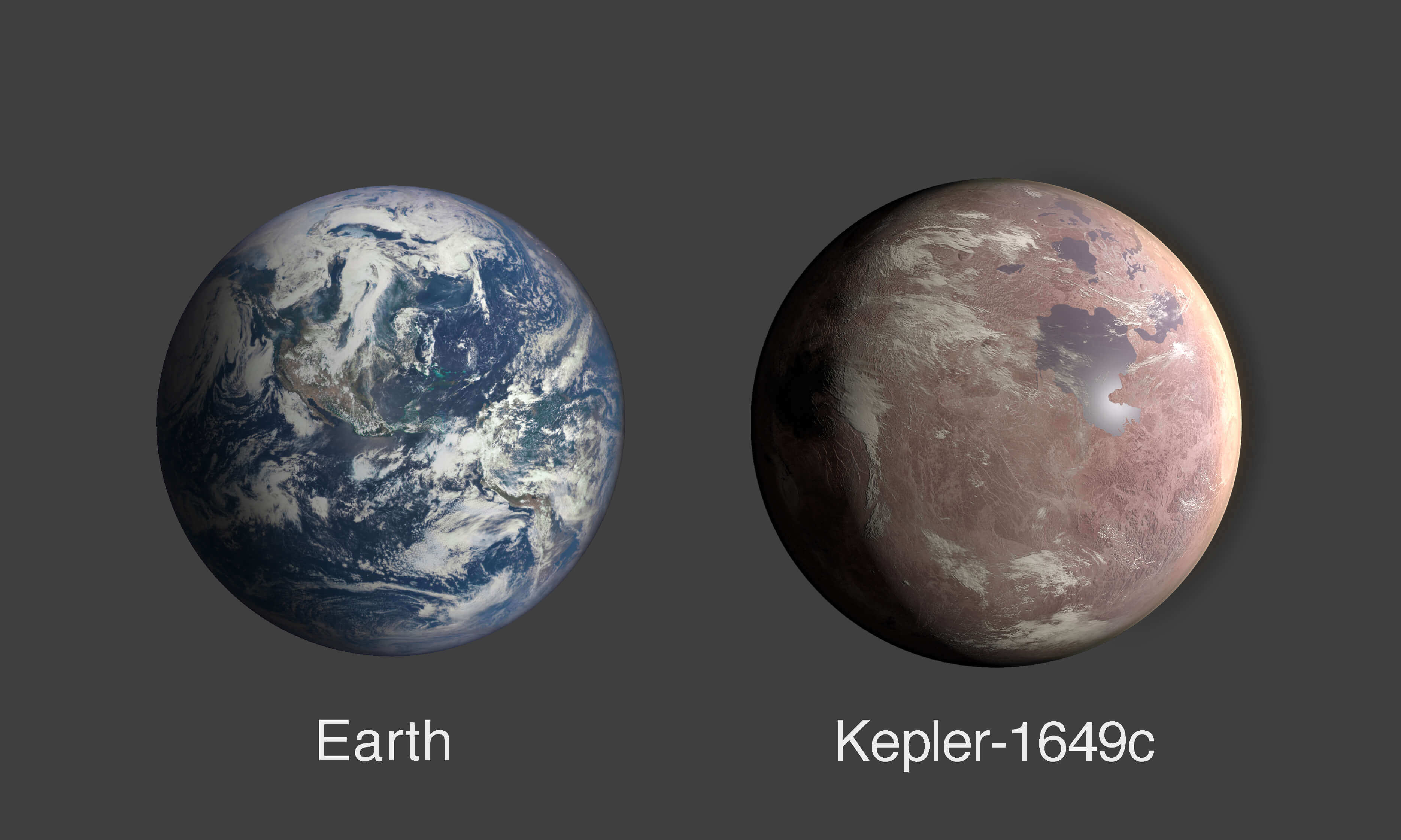What just happened? Astronomers have reported the discovery of a new exoplanet that is awfully similar to the rocky mass we call Earth. Even more remarkable is the fact that evidence of its existence has been readily available for years but was originally misidentified by an algorithm designed to help scientists wade through the massive amount of data collected by the Kepler spacecraft.
The new exoplanet, dubbed Kepler-1649c, is located 300 light-years away. It is roughly 1.06 times the size of Earth and is believed to receive 75 percent of the amount of light from its host star that the Sun provides us. According to NASA, it is the most similar to Earth in terms of size and estimated temperature of all the exoplanets found by Kepler to date.
Unlike Earth, however, Kepler-1649c orbits a red dwarf, a type of star that is known for flare-ups which could make sustaining life challenging.

Kepler mission scientists used an algorithm called Robovetter to help comb through data collected by the spacecraft. The algorithm looked for dips in a star's brightness which could be caused by a planet passing in front of it.
With so many variables to account for, the team knew that the algorithm would make some mistakes and thus, results would need to be double-checked. That's how Kepler-1649c was found - it was originally misidentified.
